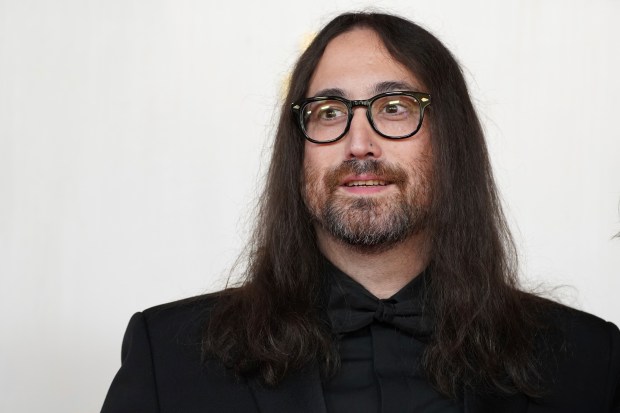For six decades, the partnership summarized by the songwriting credit “Lennon-McCartney” has been pop music’s gold standard. So there was some surprise last week when fans woke up to a brand-new track from McCartney and Lennon — if not the same duo.
James McCartney, the son of Linda McCartney and the Beatles’ Paul McCartney, released the song, “Primrose Hill,” last Thursday. He co-wrote it with Sean Ono Lennon, the son of Yoko Ono and the Beatles’ John Lennon.
James, 46, announced the single — a dreamy ballad with echoes of the Beatles’ style — on social media the day after its release. Its B-side, “Beautiful,” came out in February.
“With the release of this song it feels like we’re really getting the ball rolling and I am so excited to continue to share music with you,” he wrote.
James began releasing his own music with a 2010 EP titled “Available Light,” which he recorded partly at Abbey Road. His first full album, “Me” from 2013, was produced by David Kahne, a former record executive who has worked with the Strokes, Linkin Park, Lana Del Rey and yes, Paul McCartney. (The album featured vocals, guitar and drums from his father.) Its follow-up, “The Blackberry Train,” came out in 2016. James previously contributed to albums by both of his parents, including “Flaming Pie” and “Wide Prairie.”
Through a representative, McCartney and Ono Lennon declined to comment on the new track.
Paul McCartney did tout his son’s fresh work on social media, adding: “lots of love to Sean Ono Lennon.”
Perhaps the most poignant reaction to the track, and to the opportunity and burden of the Beatles legacy, came from yet another band scion: drummer Zak Starkey, who is the son of drummer Ringo Starr.
One observer had ruefully commented on an Instagram post from an unofficial Paul McCartney fan account, “Sad ya can’t just walk your own road.”
Starkey — an accomplished drummer who has toured with the Who and Oasis — replied, the Beatles are a “wall u cannot go thru over or under — I was 25 when I came to terms with that.”
This article originally appeared in The New York Times.



